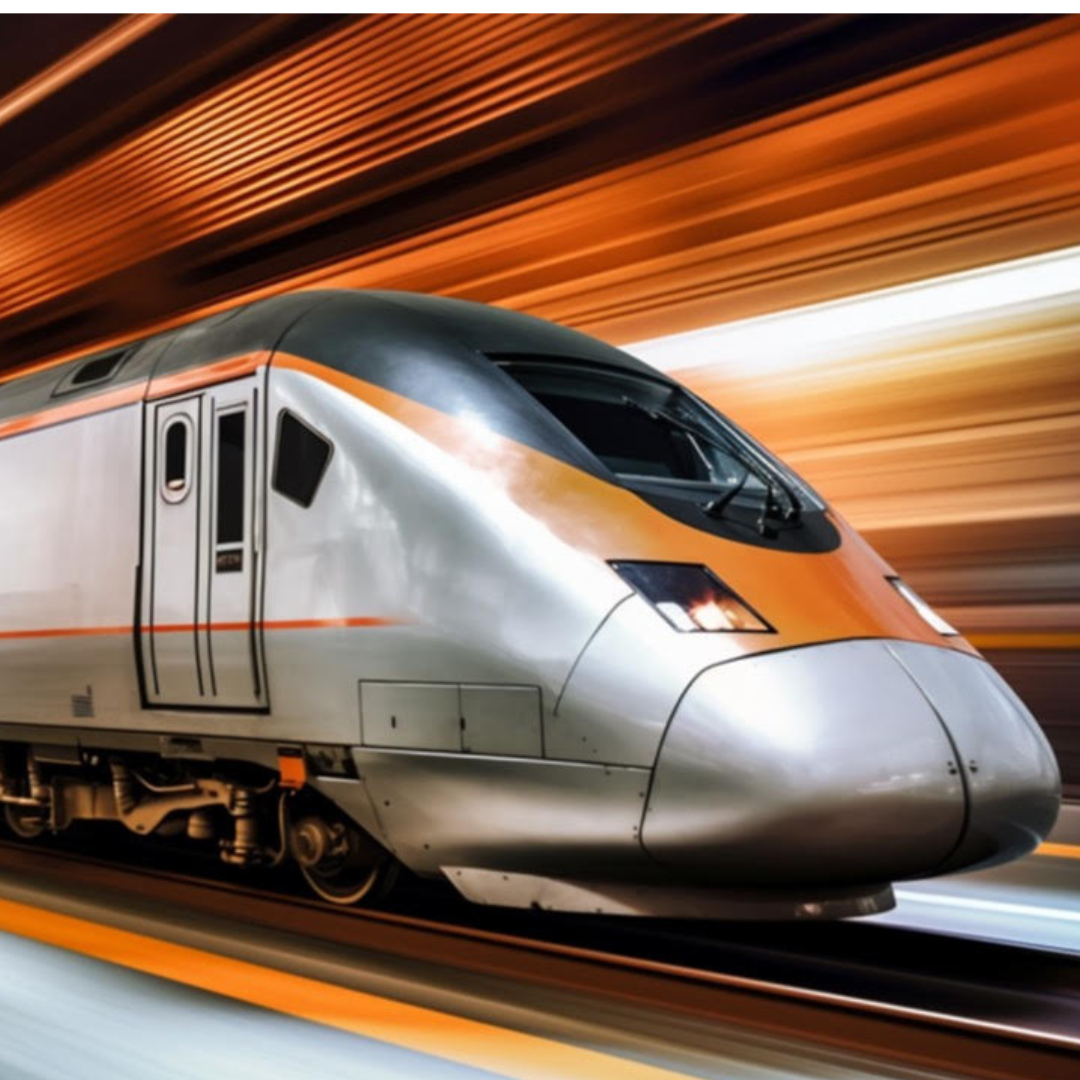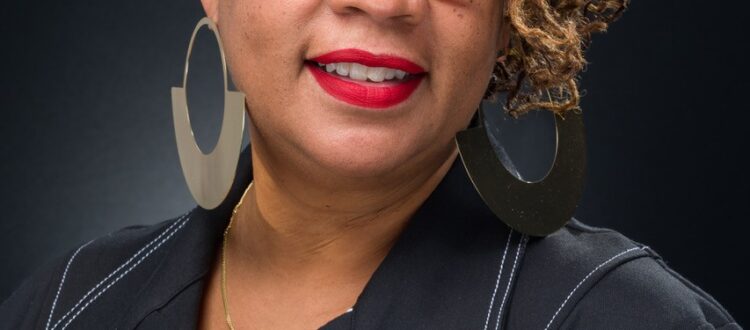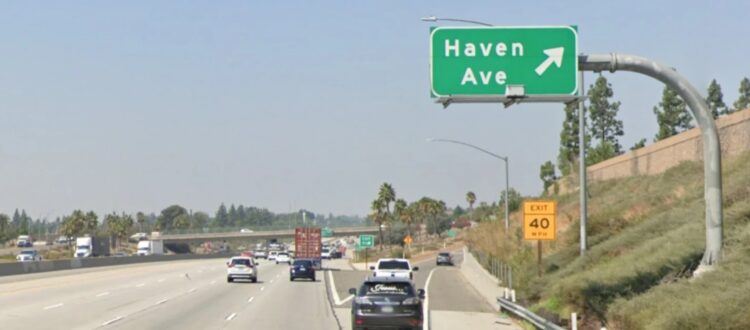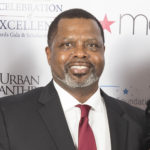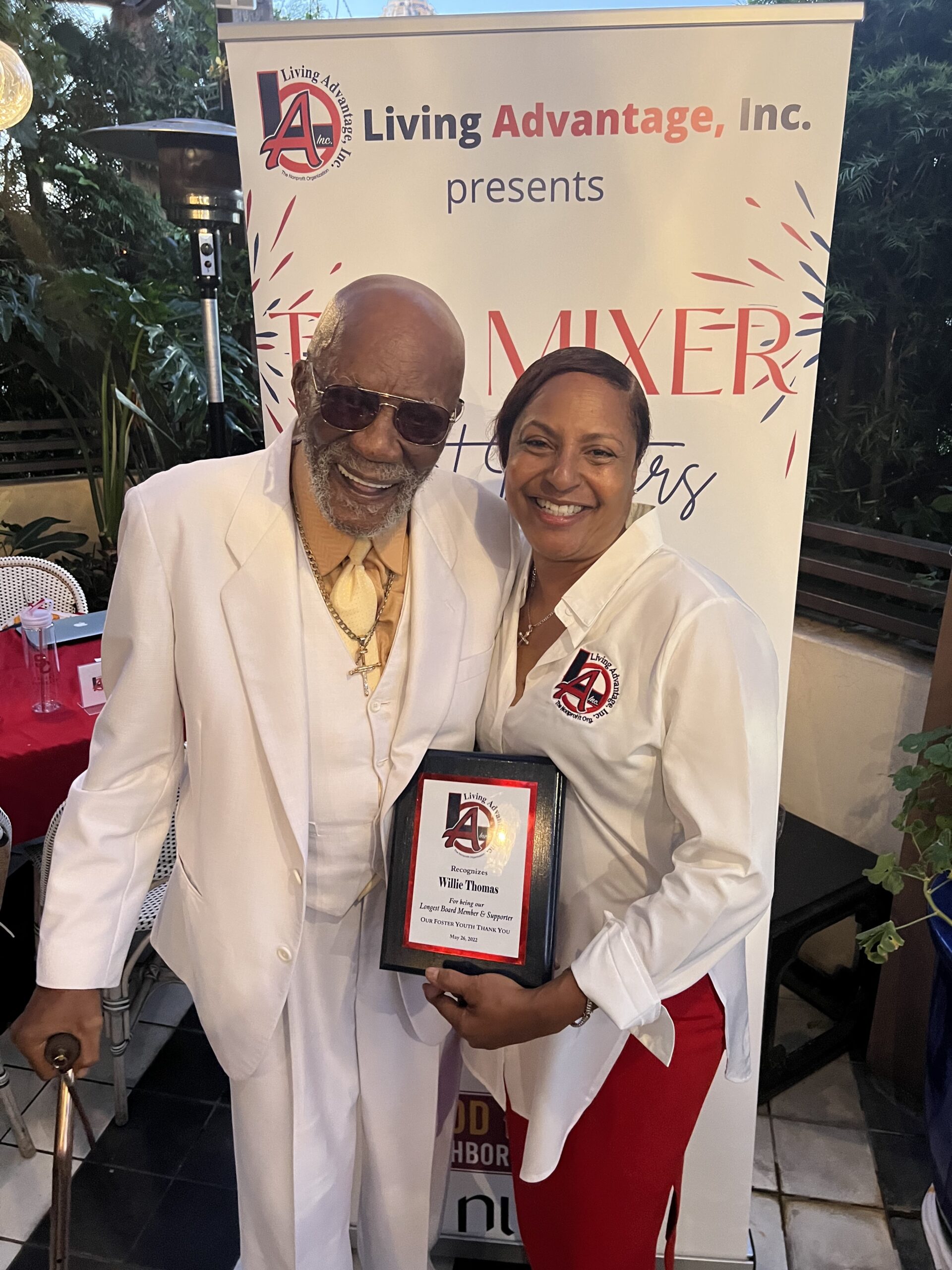Lila Brown | California Black Media
Last week, the Biden administration announced $6 billion in funding for two separate high-speed rail projects that will whisk passengers from Southern to Northern California — and from Los Angeles County to Las Vegas — on electric trains traveling 200 mph or faster.
The funding is part of a broader $8.2 billion national investment in high-speed rail across the country.
The initiative, Pres. Biden has called “the most ambitious rail project in the Western Hemisphere” will bring the United States on par with rail similar investments in Asian and European countries.
“When I ran for president, I made a commitment to build a world-class, high-speed rail worthy of the United States of America. At long last, we’re building the first high-speed rail project in our nation’s history,” Pres. Biden said during a campaign rally in Las Vegas held on Dec. 9.
“Together, we’re finally going to make high-speed rail happen between Las Vegas and Los Angeles. Some of you know what it’s like to sit in traffic on interstates trying to make that drive back and forth from L.A. to Las Vegas,” the President continued, noting that the L.A. to Los Vegas train line, called the Brightline, will have a significant impact project on tourism during the 2028 Olympics in Los Angeles.
The federal government has authorized $3 billion in funding for the 218-mile project.
“The rail project reduces carbon emissions the same as taking 3 million vehicles off the highway,” he added.
On Dec. 5, U.S. House Speaker Emerita Nancy Pelosi announced that another project, The California High-Speed Rail (CHSR) project, is set to receive $3.1 billion in federal funding to support construction of a two-track electrified high-speed passenger bullet train connecting the cities of Merced, Fresno, and Bakersfield.
“An electrified high-speed rail network will dramatically improve the quality of life in the Central Valley and up and down California,” Pelosi said. “Thank you to President Biden and Secretary Buttigieg for their recognition of the importance of high-speed rail to California and to our Nation.
This funding was awarded to California from a competitive national grant program under the historic Bipartisan Infrastructure and Appropriations laws passed by Congress in 2022.
When complete, that rail line will take travelers from Los Angeles, through the Central Valley, all the way to San Francisco, in less than three hours. Today, the journey can take eight hours by bus or car. “Think of how this train will transform California’s Central Valley with new businesses, new residents, visitors, economic opportunities, or what it will mean to folks who live in inland towns and commute to work in Californian coastal cities,” Biden said of that project.
The CHSR project is the first of its kind in America and plays a key role in the modernization of passenger rail. Once CHSR is fully operational, the projected ridership for the San Francisco to Los Angeles corridor would make it the most traveled intercity passenger rail service in America with 31.3 million riders a year.
This project has already provided over 11,000 union jobs – most of which have been filled by Central Valley residents and residents from disadvantaged Bay Area communities. It has generated more than $12 billion in economic activity, engaging hundreds of small businesses, including those led by veterans and people with disabilities, according to Newsom’s office.
On Nov. 2, the Southern California Association of Governments (SCAG) released its draft Connect SoCal 2024 Regional Transportation Plan/Sustainable Communities Strategy outlining direction for the region to meet federal transportation air quality standards and state greenhouse gas emission targets through $750 billion in transportation investments and a regional development pattern. Notable in this plan update are new strategies for addressing the housing crisis and homelessness, adapting to climate change and investing in underserved communities.
“High-speed rail will make travel easier and quicker, generate thousands of good-paying jobs, and create cleaner air,” U.S. Sen. Laphonza Butler said in a statement.
The L.A. to Las Vegas inter-city, interstate light speed rail route, Brightline West, will be America’s first true high-speed passenger rail system. Today, nearly 50 million annual trips occur between the two cities – over 85% of them by car. Brightline West expects to serve more than 11 million one-way passengers annually.
Metrolink’s San Bernardino line will connect L.A. Union Station (and beyond) to the Rancho Cucamonga station, where the high-speed rail L.A.-to-Vegas portion will begin. Additional stations will be built in Hesperia and Apple Valley and Las Vegas.
SCAG projects the six-county region where Brightline West will operate will to grow by 2 million people by 2050 to 20.8 million, an 11% increase, while the number of jobs is expected to increase by 1.3 million, or 14.2%.
Economic studies show that Brightline West will create more than 35,000 jobs including 10,000 construction jobs and nearly 1,000 permanent jobs for operations and maintenance. The project is expected to generate more than $10 billion in economic impact to California and Nevada. The system is projected to have nearly 1,000 permanent jobs for operations and maintenance.
Several California Republican Legislative leaders criticized both rail projects and the new federal investments.
“Might as well light the money on fire,” Assembly Republican James Gallagher (R-Yuba City) posted on the social media platform X on Dec. 6.
“With all the terrible management and huge overruns, they still throw even more billions at this boondoggle. It’s the Biden-Newsom way.”
“As Chair of the Assembly Transportation Committee, I look forward to working on securing the federal government as an ongoing funding partner for high-speed rail, similar to the partnership in place when the country’s national highway system was built,” Assemblymember Lori Wilson (D-Suisun City) said in a statement. “Under the Federal-Aid Highway Act of 1956, the federal government supplied 90 percent of funding for interstate highways, with the state paying the remaining 10 percent.”

